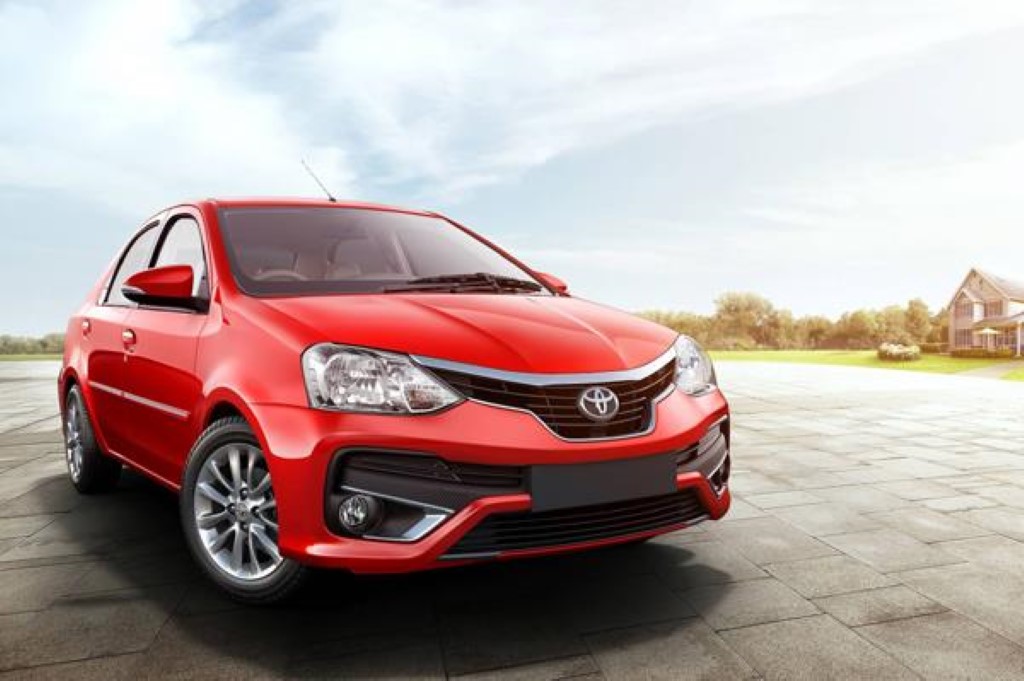The petrol engine has just about average performance
Performance – Very few changes have been made to the mechanicals of the Etios. The petrol engine is a 1.5-litre unit producing 90 PS of power and 132 Nm of torque, mated to a 5-speed manual gearbox. The engine has good drivability in the city but it seems to run out of breath on the highways or at higher RPMs. Fuel efficiency from the petrol engine is also just about average. However, it has always been the diesel engine which has been fetching sales for Toyota. The 1.4-litre D-4D engine churns out 68 PS and 170 Nm and performance is very good. Power delivery is linear and turbo lag is negligible. The mid-range feels very strong and the car pulls nicely. However, the engine runs out of breath post 3500 RPM.
The diesel engine is very good in its power delivery
The oil-burner is very frugal & has good performance, gets better NVH levels
While straight line acceleration isn’t the best, in-gear acceleration is very good and that will satisfy buyers. The 5-speed gearbox isn’t buttery smooth though and takes a mild effort to change gears. To make things easier, Toyota has made the clutch lighter this time around. Also, the clatter from the engine has been reduced thanks to better insulation on the car. The rubber mounts have also been replaced by hydraulic mounts, thus improving the NVH levels. The diesel engine can easily churn out anywhere between 15-19 km/l.
The stiff ride helps in making the Etios feel more stable
Driving Dynamics – The ride quality on the Etios is very good but the suspension is stiffly sprung and hence some sharp bumps filter in the cabin. However, the car never loses composure and always remains stable irrespective of road conditions. The steering offers brilliant feels and feels great to operate. The car feels eager to dive into corners but on heavy cornering, the tail slides out due to the rear end of the car being a bit too light. Braking performance is also good and confidence-inspiring.




